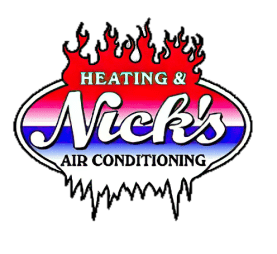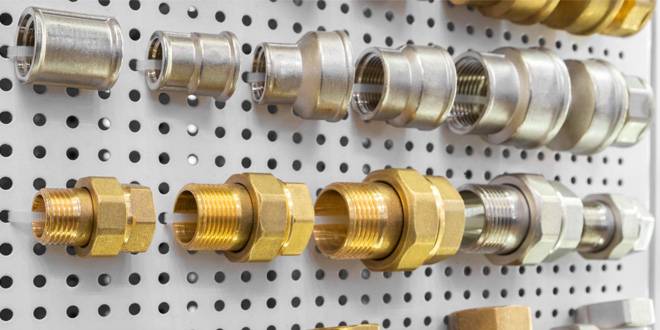
Our air conditioners become lifesavers during scorching summers, providing a cool oasis in our homes. But what keeps this comfort machine running smoothly and safely? Enter the pressure relief valve, a vital yet often overlooked component in your AC system. In this blog post, we’ll unveil the crucial role of the pressure relief valve. We’ll explore how it works, why it’s essential, and what signs to watch for to ensure it’s functioning properly. So, buckle up and get ready to learn about the silent guardian keeping your cool air flowing – and your AC safe!
Understanding the Air Conditioning Pressure Relief Valve
The air conditioning pressure relief valve is an essential component of your HVAC system, serving as a safety mechanism to prevent damage from pressure build-ups. This valve, often unnoticed, plays a pivotal role in maintaining the efficiency and longevity of your air conditioning unit.
🔍 What Is a Pressure Relief Valve?
At its core, the air conditioning pressure relief valve is designed to release excess pressure from the system. It acts as a safeguard, ensuring that the constant pressure within the cooling system remains within safe limits. This is crucial because too much pressure can lead to system failures, reduced efficiency, or, in worst-case scenarios, catastrophic damage to the unit.
🛡 Why Is Pressure Regulation Important?
The regulation of pressure is vital for several reasons. First, it helps to prevent the refrigerant within the system from reaching dangerously high levels that could cause the compressor or other components to fail. Additionally, maintaining optimal pressure levels ensures that your air conditioning unit operates smoothly, providing consistent cooling without overburdening the system.
In essence, the air conditioning pressure relief valve is your HVAC system’s guardian against pressure-related issues. Its ability to automatically adjust the pressure ensures that your system remains operational and efficient, safeguarding your comfort and the system’s integrity.
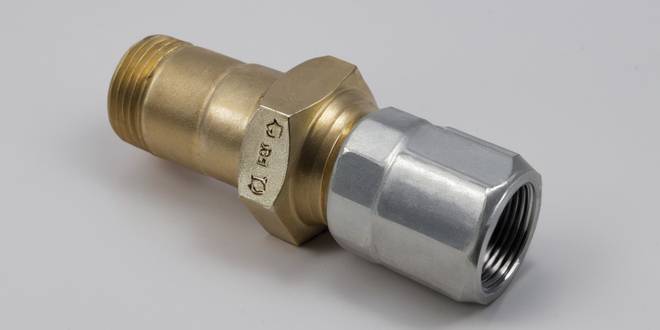
Signs of a Faulty Pressure Relief Valve
Detecting issues with your air conditioning pressure relief valve early can prevent more significant problems down the line. Here are some signs that may indicate your system’s pressure relief valve is malfunctioning or failing:
🔎 Unusual Noises: If you hear hissing or popping sounds from your air conditioning unit, it could be a sign that the pressure relief valve is releasing pressure. While it’s normal for the valve to open occasionally, frequent noises may indicate excessive pressure build-up.
🌡 Inconsistent Cooling: A faulty valve can lead to inconsistent cooling because it may not regulate pressure effectively. This inconsistency can cause your unit to work harder than necessary, leading to uneven temperatures throughout your space.
💧 Leakage Around the Unit: Any signs of leakage, especially near the valve area, could indicate a seal failure in the pressure relief valve. This leakage could be refrigerant, which is crucial for your system’s cooling process.
📈 High Energy Bills: An increase in your energy bills without a corresponding increase in usage could indicate that your air conditioning system is working harder than it should, possibly due to a faulty pressure relief valve.
🔧 System Short-Cycling: If your air conditioning unit turns on and off more frequently than usual, it could be trying to manage the internal pressure. Short cycling can cause significant wear and tear on your system over time.
Recognizing these signs early and addressing them can save you from discomfort, high utility bills, and potential system breakdowns. Regular maintenance checks can help identify these issues before they escalate.
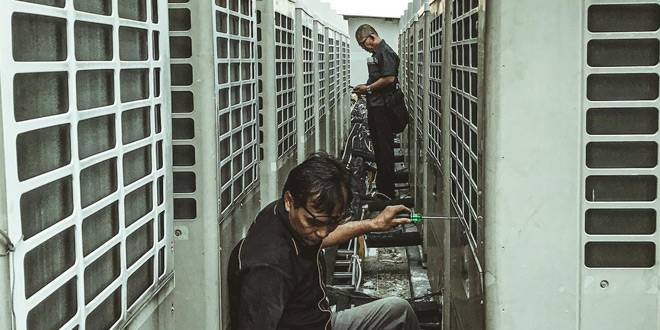
We understand how crucial a well-functioning HVAC system is for your comfort. Therefore, we recommend scheduling regular maintenance checks to ensure all components, including the pressure relief valve, are in optimal condition. Through professional servicing, potential issues can be identified and resolved efficiently, ensuring your system operates smoothly and reliably.
DIY Maintenance vs. Professional Servicing
Maintaining your air conditioning system ensures it runs efficiently and extends its lifespan. While there are several maintenance tasks you can perform yourself, understanding when to call in professionals is crucial for more complex issues, especially those involving the pressure relief valve.
🔧 DIY Maintenance Tips:
- Regular Cleaning: Keep your unit clean from dust and debris, especially around the vents and condenser coils. A clean system runs more efficiently.
- Filter Replacement: Change or clean your air filters regularly, approximately every 30 to 90 days, depending on usage and environmental factors. This improves air quality and system efficiency.
- Inspect for Leaks: While you can’t handle refrigerant leaks yourself due to safety and environmental concerns, you can inspect your unit for signs of leakage and call professionals if you suspect a problem.
🛠 When to Call in the Professionals:
- Pressure Issues: If you suspect your system is experiencing pressure-related issues, it’s time to call in the experts. Pressure relief valves require professional knowledge to assess, repair, or replace.
- System Performance: Any decline in system performance, unusual noises, or inconsistent cooling should be checked by a technician. These could indicate underlying issues that need expert attention.
- Regular Maintenance Checks: We recommend scheduling regular professional maintenance checks to ensure your system operates at peak efficiency. These checks can identify potential problems before they become major issues.
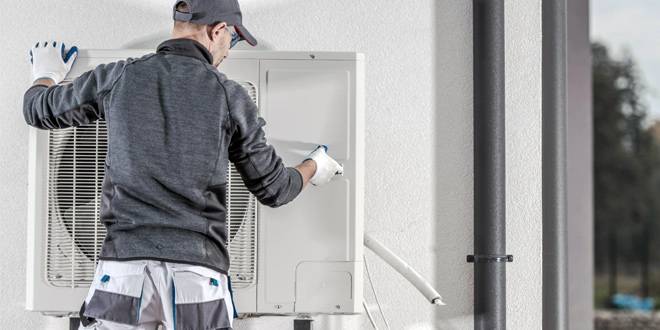
At our company, we pride ourselves on providing top-notch HVAC services. Our team of skilled technicians is equipped to handle all aspects of HVAC maintenance and repair, including the intricate work involving pressure relief valves. By choosing professional servicing, you ensure that your system receives the best care, preventing future breakdowns and maintaining efficiency.
Ensure Your Comfort Today!
🌟 Experience unparalleled HVAC service with us! Schedule your maintenance check with Nick’s Heating & Air Conditioning and enjoy a seamlessly operating air conditioning system. Our experts are ready to optimize your comfort and system efficiency. 🛠️🏠 Embrace peace of mind and the ultimate home comfort—contact us today!
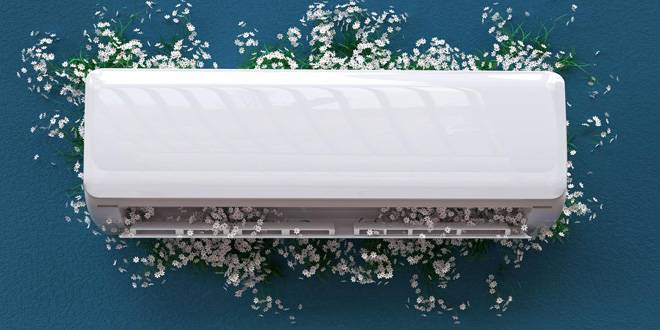
Frequently Asked Questions (FAQs)
What is an air conditioning pressure relief valve?
An air conditioning pressure relief valve is a safety device in HVAC systems designed to release excess pressure, ensuring the system operates within safe pressure levels to prevent damage.
Why is the pressure relief valve important?
This valve prevents the potential buildup of excessive pressure within the HVAC system, which can lead to system failure, reduced efficiency, and even catastrophic damage to the unit.
How can I tell if my pressure relief valve is malfunctioning?
Signs of a faulty valve include unusual noises like hissing or popping from the unit, inconsistent cooling, leakage around the valve area, unusually high energy bills, and the system short-cycling.
Can I perform maintenance on the pressure relief valve myself?
While homeowners can do basic maintenance tasks such as cleaning and filter changes, issues related to the pressure relief valve require professional assessment and servicing due to complexity and safety concerns.
How often should my air conditioning system be professionally serviced?
It’s recommended to have your air conditioning system professionally serviced at least once a year to ensure it operates efficiently and to identify any potential issues, including those with the pressure relief valve.
What are the benefits of professional HVAC servicing?
Professional servicing ensures your system is thoroughly inspected and maintained, addressing any issues before they become significant problems. This can extend the lifespan of your unit, improve efficiency, and save on energy costs.
What should I do if I suspect my pressure relief valve is faulty?
If you notice any signs that might indicate a problem with your pressure relief valve, it’s crucial to contact professional HVAC technicians immediately to prevent further damage to your system.
How does a pressure relief valve work?
The valve automatically opens to release pressure once it reaches a preset level, then closes to maintain the desired pressure within the system, ensuring safe and efficient operation.
Can a faulty pressure relief valve increase my energy bills?
Yes, a malfunctioning pressure relief valve can cause your system to work harder than necessary to maintain the desired temperature, leading to increased energy consumption and higher bills.
Is it necessary to replace the pressure relief valve?
If the valve is found to be faulty during an inspection, replacement might be necessary to ensure the safety and efficiency of your HVAC system. A professional technician can determine the best course of action.

